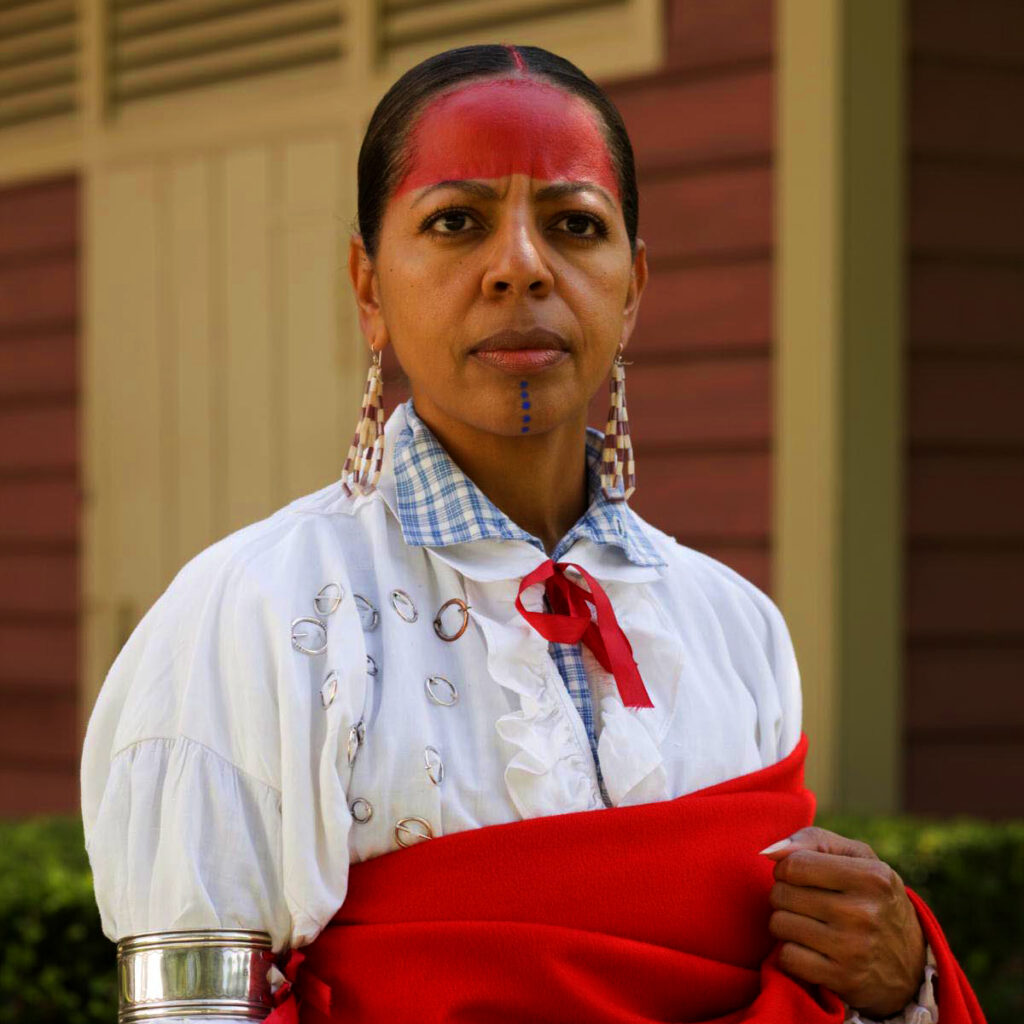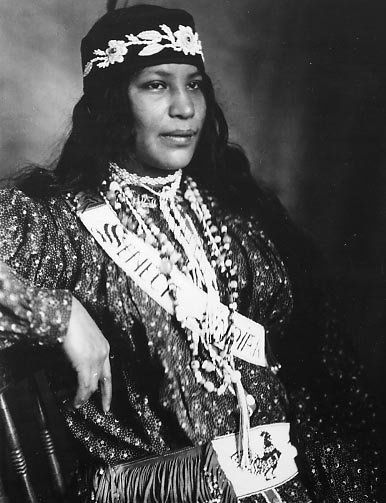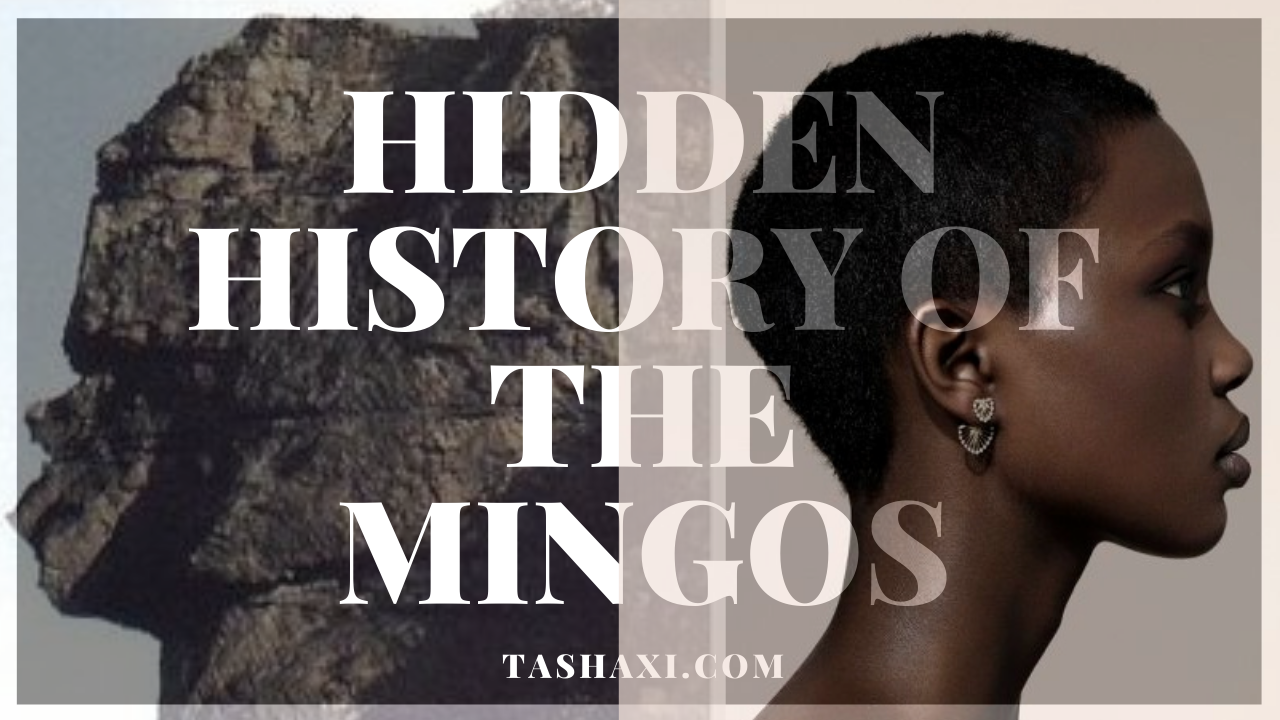History of the Mingos
May contain affiliate links. See Disclaimer.
The history of the Mingos exposes the true history of prehistoric melanated america.
The Mingo are both a tribe (nation), and a nickname for people of indigenous Iroquois heritage–and later for indigenous people in general. They were called “aborigines” by the invading Europeans.

..because his nation had heard that the English came from the under world to take their world from them.
Mannahead Indian prisoner to Capt. John Smith
The Mingo tribe originated in the north eastern woodland area, New York & Pennsylvania state mainly. Thomas Jefferson’s “Notes” is the oldest document that mentions the Mingos (Mohicans). Jefferson speaks of the war between the Mingos and Massawemacs (Algonquins/Lenape/Powhatan) in Virginia when Capt. John Smith arrived. Smith had taken a prisoner of war from the Mannaheads (Powhatan), who told him that they attacked the English “..because his nation had heard that the English came from the underworld to take their world from them.”
We now know that was true.
Rebels on the War Path
The Mingo was a Confederacy that included: the Mingo, Seneca, Mohawk, Onendagee, Cayuga, and Oneida tribes. They waged war on the southern tribes and spoke the Iroquois language. Roosevelt later referred to the Mingos as “mongrel (mixed race or light skinned melanated person) banditti like the renegade Cherokees.” In which they both came from the same ethnic group.

The Europeans try not to take responsibility for the “annihilation” of many indigenous tribes, saying that it was “the work of the Indians,” instead, but they do say that the Dutch supplied them with guns to kill each other. After the destructions of many towns in the north, the Mingos migrated west to the Black Hills and as far south as Georgia. They were often called “Sennegars,” which was said to have been the frontiersman’s pronounciation of “Seneca”, but sounds oftly like “Sen-niggers”. The Sennegar trails led south through Virginia near the Blue Ridge Mountains where “Nigger Head” Rock is– a spiritual gateway for the Cherokee (Mingo). The Mingo were “Keepers of the Great Back Doorway” and were the fighting line keeping the English, Dutch, and French from the west. Little did they know that the Spanish were already there—stealing resources and enslaving the indigenous and Native Americans.

There was a tribe of Eriee Indians referred to as the “Black Mingoes”, which were absorbed by the Seneca. The Ohio River was actually named the “Black Mingo River” originally. They had a powerful alliance with the Shawnee Confederacy. Mingoes were kicked out of the Iroquois Confederacy because of disloyalty, and that is how the Mingo Confederacy was born and their war with the Iroquois Confederacy began.

The Race that Proceeded Modern American Indians
..will confine my remarks to an historic race that preceded the tribe we call ‘American Indians.’
History of the Mingo Indians
The Author of the book ‘History of the Mingo Indians’ goes on to say,”..will confine my remarks to an historic race that preceded the tribe we call ‘American Indians.'” Who are the ‘American Indians’ and who are the race that proceeded them? He goes on to say that scientific anthropologists place humans in America as long ago as 200,000 years ago, and biblical scholars say 6-7 thousand years. But civilization existed in America before any recorded history of the Mediterranean or Asia Minor. Plato gave a description of the Western Hemisphere (the Americas), or the “Elysium fields”–which his character Homer spoke of. He described the race of people in america as equal to the Mediterraneans, which inspired Christopher Columbus to locate the place Plato wrote of. Plato heard from an Egyptian philosopher that Greece history was a child compared to the history of the Americas. The Egyptian went on to say that at the time of Egyptian, Babylonian, Greek civilization that a civilization in America existed, which was equally great in architecture, war, mathematics, art, and agriculture. Europe, Asia, and Africa were not superior to prehistoric America.

The early Americans were farmers and had hundreds of acres of produce planted throughout the land. In art, the indigenous Americans proficient in making pottery, cooking vessels, painting, and pictures representing everyday life on the walls. Architecture of the Americans was equal to the glory days of Rome & Greece–with beautiful deco and curtains of the finest fabric. The art of embalming was advance, as well. It is said that the Egyptians of the Nile had nothing on prehistoric America.
Final Thoughts
In conclusion of ‘The History of the Mingo Indians’, the author asks a question of whether all races came from the ‘Adam-Eve’ race, or if there was a predamite. He goes on to say that after all of his research he has come to the conclusion that, “My reading and study upon the origin of the human race has brought me to the belief that man is indigenous to America; that is, that the prehistoric man of the Western Hemisphere was created or brought to being in this country, and that in no wise conflicts with the biblical story of the creation; man could have gone from this country as well as in Asia to America and Go could have started the race here as well as in Asia.” The rich history of Ancient America has been hidden, and this jewel of a book has revealed much to be researched on. One must know that the current mainstream history of America is false, and lacks the true glory of the indigenous people of this continent.

Sources:
Cobb, William Henry, Andrew Price, and Hu Maxwell. Monument to, and history of the Mingo Indians; facts and traditions about this tribe, their wars, chiefs, camps, villages and trails.Monument dedicated to their memory near the village of Mingo, in Tygarts River Valley of West Virginia. [Cumberland, Md., Printed by F. B. Jenvy, 1921] Web.. Retrieved from the Library of Congress, https://lccn.loc.gov/21009444. (Accessed August 08, 2017.) Buy here: https://amzn.to/3RhWRvU
Notes of Thomas Jefferson 1784 shows Mingos as numbering 60 in 1779 and living on the Scioto River in Ohio, also there the Shawnees. Jefferson lists the Mingos as separate from the Senecas, who he shows as numbering 650 in 1779 and living in the north. Bergh, Albert Ellery, Ed., THE WRITINGS OF THOMAS JEFFERSON, Washington, DC, The Thomas Jefferson Memorial Association, 1907. Buy Here: https://amzn.to/3Xc4Azl or here: https://amzn.to/4cgdalb
Fitting, J. E. 1978. Regional cultural development, 300 B.C. to A.D. 1000 in (ed.), Bruce G. Trigger. Handbook of North American Indians, vol. 15. Northeast. Buy Here: https://amzn.to/3Vi48Nl
